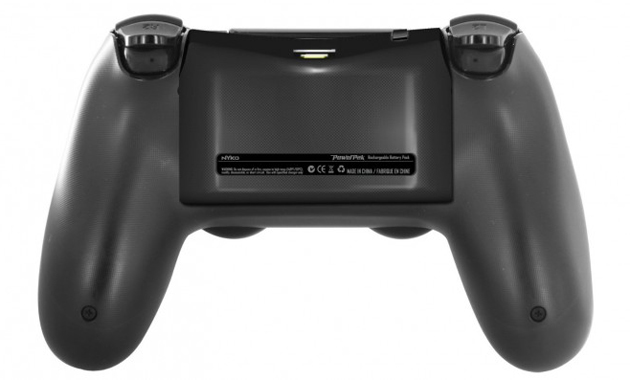
GOT an overflowing wastepaper basket? Now there's a way to use unwanted printouts to store energy.
Traditional batteries use chemical
reactions to store large amounts of energy, but they take time to
charge. Capacitors store it in an electric field, which means they can
charge and release energy quickly. But they can only hold small amounts
at a time.
To up capacity and maintain speed, scientists are building supercapacitors,
often using forms of porous carbon that can suck up charge like a
sponge. Many commercial supercapacitors use carbon derived from coconut
shells, a relatively limited commodity. Graphene has also been proposed,
but the thin sheets of carbon are expensive to make, so a cheaper option was needed.
"I thought about using waste office paper while cleaning my desk in the office," says Satishchandra Ogale at the National Chemical Laboratory in Pune, India.
His team cut paper into small strips and
put them through a series of heating and cooling processes, including
mixing the strips with sulphuric acid at 180 °C and carbonising them at
800 °C. The result was a form of carbon riddled with microscopic
structures that give it a massive surface area for holding charge – more
than 2300 square metres per gram.
The team then used this carbon and an electrolyte gel to create a supercapacitor (Small, doi.org/f2sxx4).
The substance stores charge similarly to other advanced carbon
materials for supercapacitors, but with the added benefit of recycling a
common product, says George Chen at the University of Nottingham, UK, who was not involved in the work.
The
process may not be as economical as recycling paper the traditional
way, says Chen. But if the technology is viable, waste paper could one
day be used to store energy generated by wind farms or to charge electric cars.


No comments:
Post a Comment